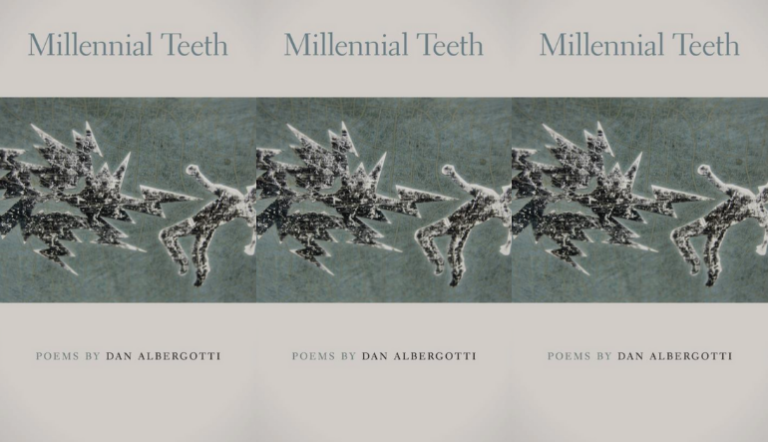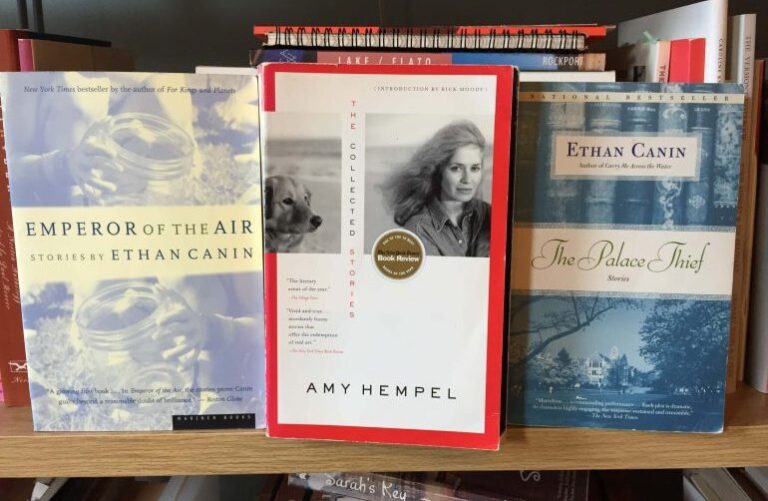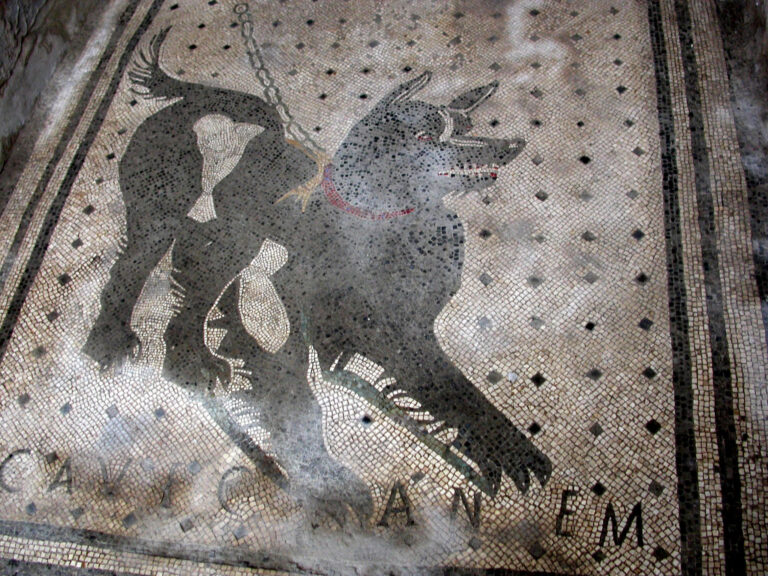Thinking and Seeing in Pictures: The Art of Visualization

My task which I am trying to achieve is, by the power of the written word, to make you hear, to make you feel—it is, before all, to make you see. That—and no more, and it is everything.
— Joseph Conrad
Most writers I know have amazing verbal skills. They became writers because they fell in love with reading books. But as Joseph Conrad suggests, writers are equal parts visual artists. We paint pictures with words. In my opinion the visual skills required of writers have been woefully overlooked. Chief among those skills is the skill of visualization.
The true job of a writer is to elicit an image—a rich and expansive picture of the world written on the page. And in order to do this the writer must be able to visualize that picture first. And like seeing itself, visualization is a disciplined skill. It takes practice and careful, deliberate effort, and it’s not an easy thing to do.
I was trained as a visual artist, and visual artists do a lot of looking before they ever make a mark. We stare closely at every aspect of our subjects constantly assessing and reassessing what we see.
The reason for all this looking is not to render exactly what is there. “Art is not what you see but what you make others see,” Degas once said. So I’ll pick and choose, extracting the essential details and discarding the redundant ones. Then I’ll exaggerate, manipulate, and orchestrate them so that they come together and shed a new light.
When I write, I do the same thing. Like many writers, I can spend hours sitting at my computer visualizing. If there’s a woman standing at the kitchen sink, I conjure up the whole kitchen. The colors, the tones, the quality of light, the kitchen cabinets, the tablecloth, the linoleum floor, the size and shape of the kitchen table, they all come into view. And if this woman picks up a rag from the edge of the sink, I see her do it. I picture her hands; her fingernails might be manicured or she might bite them. The difference is telling.
When she turns around, I imagine the way her body moves. Wearily or spryly or some combination in between; how she moves contains some truth about her life. I’ll take notice of every little detail: her shoes, her clothes, the rag, whether it’s threadbare or not. And I might see her pick up that rag a dozen times before I get it right.
Like a set designer, I’ll change the lighting and rearrange the furniture. I’ll toil inside this simple scene mining and sifting through the raw material of it as long as I have to until the details come together and create the meaning I’m after.
If it’s a good day of writing, visualization comes easily and I am rapt by what I see. If not, I think back to the elementary school exercise “How to Make a Peanut Butter and Jelly Sandwich.”
In this exercise the students instruct the teacher to put the peanut butter on the bread. When the teacher simply places the unopened jar on top of the unopened package of bread an uproar ensues. The lesson here is to scientifically break things down into clear, concise instructions and to consider each step in its proper order. It’s a simple task but more difficult than it appears.
Visualizing actions sequentially and in order forces you to slow down. It encourages you to see not only that your character opens the package of bread but also how they do it. Do they carefully untwist the twist tie and set it aside? Or do they hold the end of it and bat the bag around? How a person opens a package of bread can say volumes about them.
Visualization, the ability to see and think in pictures, is largely the function of the brain’s right hemisphere. Mental processing in this hemisphere happens holistically and all at once. These processing skills are second nature to the visual artist. Language skills, on the other hand, are under the purview of the more methodical left hemisphere.
Visualization in and of itself is a difficult thing to do, but writers have the extra added task of verbalizing what they see, and this simultaneous visualization/verbalization is extremely difficult to do.
Consider what is called the Stroop Effect: when the name of a color (“blue,” “green,” or “red”) is printed in a color that doesn’t match the word, our reaction time is severely slowed. When both verbal and visual processing is required, our ability to do both is dramatically impaired. This, at least in part, is why writing is so hard. But it’s worth the effort.
If you take the time to visualize and work out the details, like an artist does, the next time your character walks somewhere, you’ll be less inclined to just tell us that, and more likely to show us how. And this, according to Joseph Conrad, is everything.


